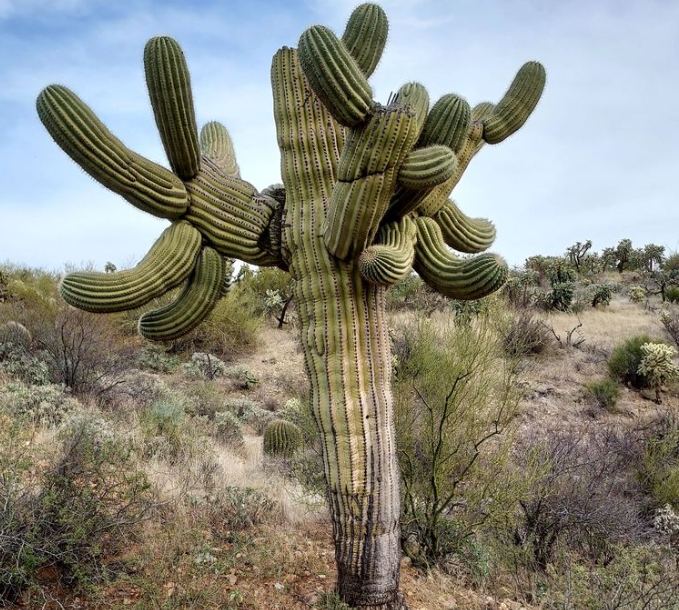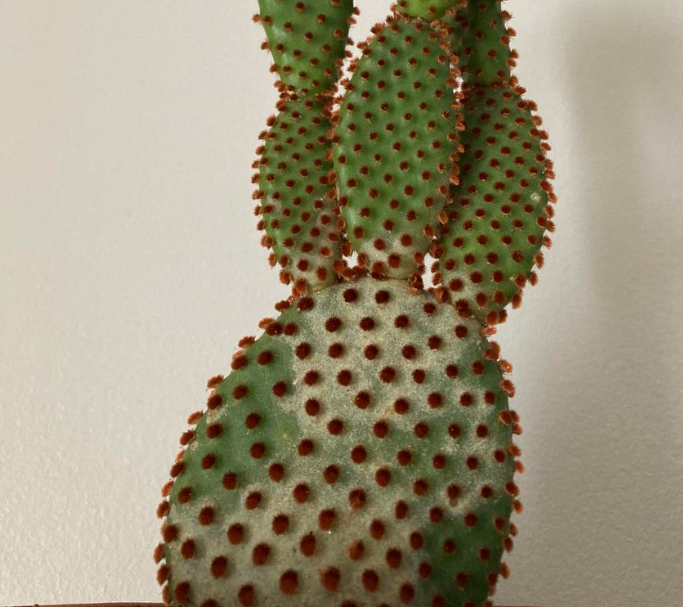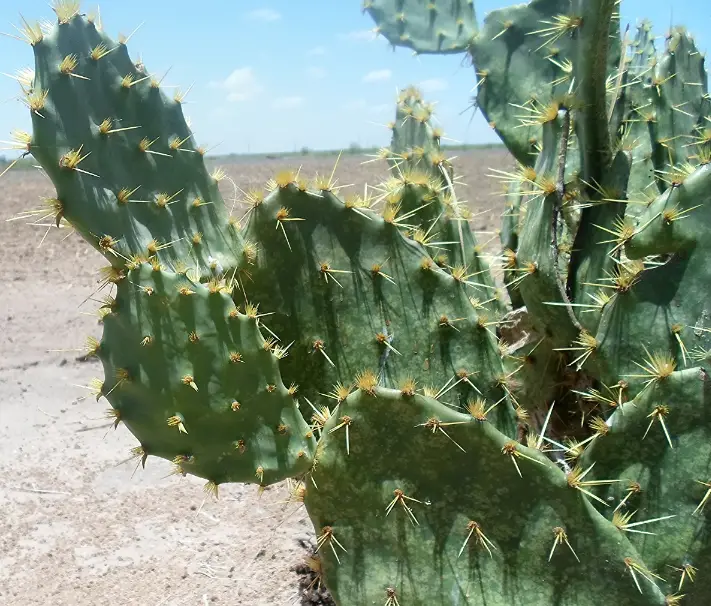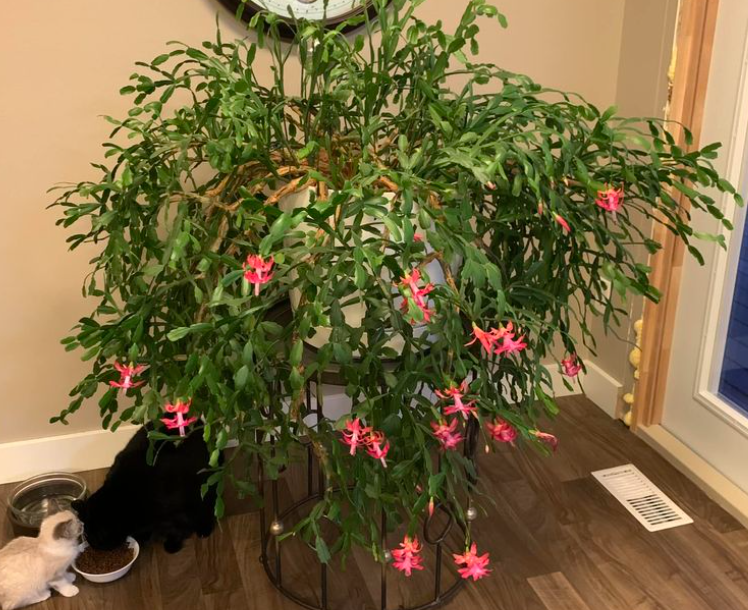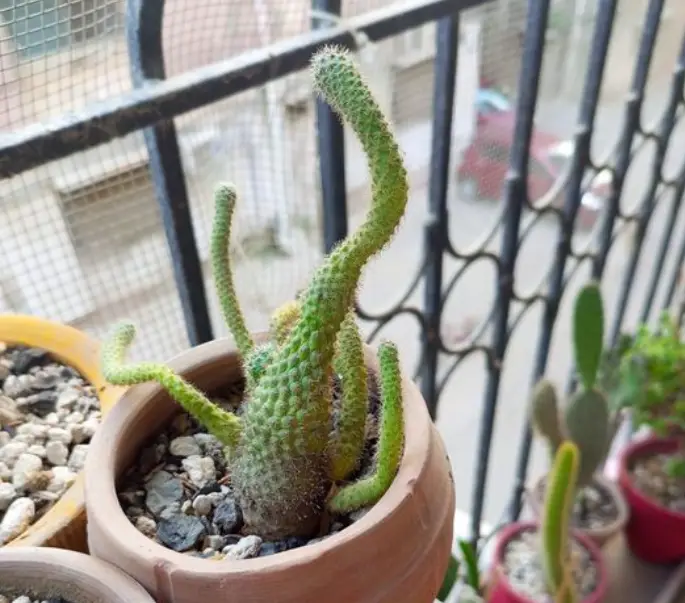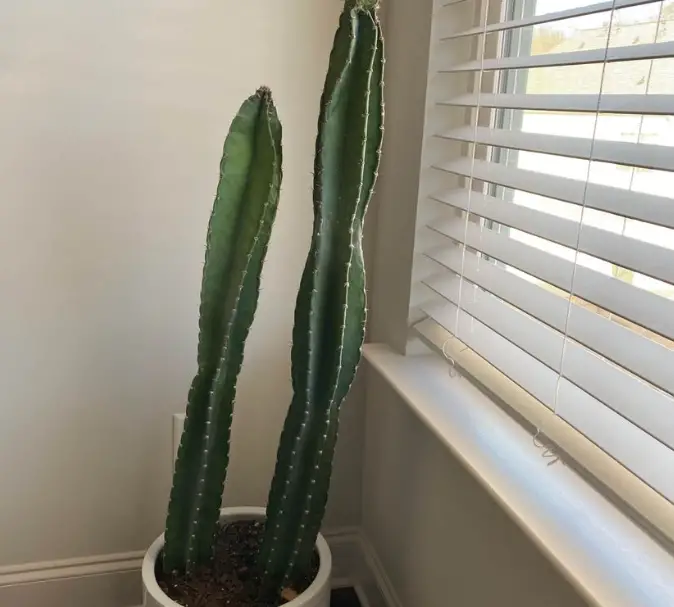The Pincushion Cactus: Care and Propagation Guide
The pincushion cactus is a member of the Mammillaria genus comprising over 200 species. They are native to various countries, including Mexico, the USA, The Caribbean, Honduras, Guatemala, and Colombia. Related species are the old lady cactus, the owl’s eye, and the fishhook cactus.
Mammillaria is great cacti to add to your indoor plant collection. Their care needs are less demanding. Since they are small, you can comfortably place them on shelves, windowsills, or your office desk. More so, the pincushion cactus is non-toxic to pets and humans.

Description and features
Pincushion cacti are small and hardly grow beyond 15 inches in height and 10 cm in width. Most plants are cylindrical, round, conical, and pyramidal in shape. While they appear greenish, they have reddish undertones that make them vividly vibrant.
In spring, pincushion cacti produce small, 2cm in diameter, colorful, funnel-shaped flowers that emerge from the base of the areoles. Flowers are showy, ranging from yellow, pink, white, and red to green. Small berry-like fruits form after flowering.
This prickly cactus is covered in sharp white spines all over its surface. The spines are actually modified leaves that help the plant conserve moisture. They also protect the plant against wild grazers. Therefore, handle it with care when repotting or transplanting.
Most mammillaria cactuses are solitary, but some pincushion species can grow tens of offsets around them.
In summary, here is what to know about the pincushion cactus
| Common name | Pincushion cactus |
| Size | 12 to 20 in. tall and 10 cm wide |
| Light | Full sun (Plenty of morning sun) |
| Temperature | 50°F- 75°F (10-24°C). |
| Soil Type | Well-drained soil mix |
| Hardiness Zones | USDA 8 – 10 |
| Toxicity | Not toxic to pets and humans |
Pincushion cactus care and maintenance
The mammillaria cactus is pretty easy to grow and care for. You can buy an already-grown plant from a gardening nursery or start from scratch. Nevertheless, you must provide the right care for the plant to thrive.
Light requirements
The pincushion cactus needs full sun, of at least 4 to 6 hours of direct sunlight. If growing it indoors, place it where it gets plenty of morning sun and bright indirect sunlight for the rest of the day. Without sufficient sunlight, you may also place the plant under grow lights.
Mammillaria also thrives outdoors in warm climates. You can take the plant outdoors during summer to enjoy the warmth and bring it indoors as the cold catches on. Keep it in a partially shaded place like a patio or a light canopy. Intense heat from long hours of direct sunlight can cause sunburn on the cactus stems.
Watering needs
Pincushion cactus is well-adapted to drought conditions and can go for several days without water. During the growth period, water it whenever the soil feels completely dry. Drench the soil until excess water drains out through the holes in the pot. However, dont let the cactus sit in any standing water.
With the arrival of fall, you should cut back on watering the pincushion cactus. During winter, the cactus enters into dormancy. Heavy watering can disrupt this resting period, yet it’s important for plant blooming. Simply water the plant less often to prevent it from shriveling.
Like most cacti, overwatering is a major problem for the pincushion cactus. Waterlogged soils prevent air from reaching the cactus roots, which makes them suffocate and die. Damp soil conditions also encourage the growth of fungi and bacteria that causes root rot.
Temperature and humidity
Mammillaria cacti thrive in average room temperatures. The temperatures should be kept between 50°F and 75°F (10-24°C). During winter, the cactus prefers to cool off, so keep the temperature to around 60°F and 65°F (15-18°C).
Pincushion cactus won’t stand frost conditions, and it’s important to bring it indoors when winter sets in. Also, avoid misting or keeping this plant in the kitchen or bathrooms where moisture is high. This plant is just fine in average household humidity levels.
Repotting and fertilization
Repotting the pincushion cactus after every 2 to 3 years is important in replenishing the soil nutrients. You can also repot when the cactus roots show through the drainage holes or when the offsets fill the container. Use a fast-draining soil mix and a pot with drainage holes.
During the growing season, mammillaria cactus can benefit from a well-balanced houseplant fertilizer diluted to half-strength. Feed every two to three weeks during spring and summer, and stop fall arrives. No pruning is required for this plant unless you want to propagate.
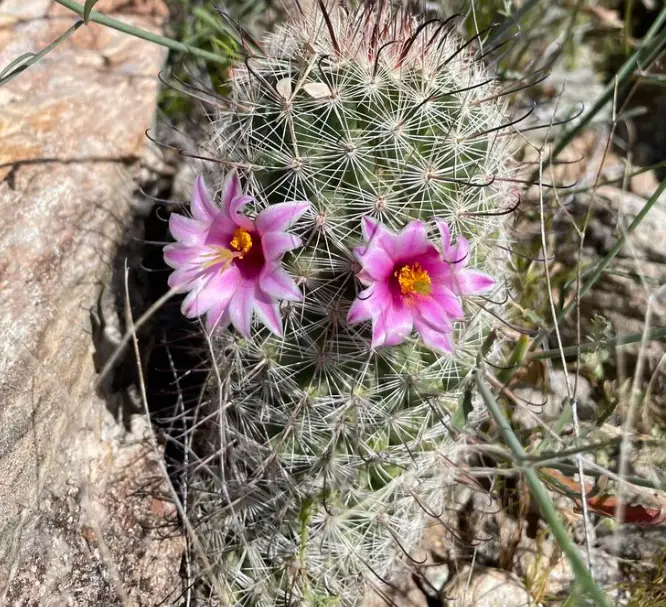
How to propagate the pincushion cactus
There are two common ways of propagating the pincushion cactus; through offsets and through seed. Using offsets is the easiest, but you must wait until the parent plant adds the pups. Before separating the offsets from the cactus, equip yourself with protective gardening gloves.
Detach the offsets by plucking them with your hands, or use a clean, sharp knife where it’s difficult. Place them on a paper towel in a cool, dry place for five to seven days to dry out. Thile will help the cut end form a callus which protects the cutting from fungal infections.
Grow the offsets in a well-draining cactus mix. Mix regular potting soil, coarse sand, and pumice to form great homemade cactus soil. Pincushon cactus loves to be rootbound, so use a small container with drainage holes.
Water the new plant and place it where it gets bright indirect sunlight. Remember to water it when the soil feels dry. It may take 3 to 4 weeks for the pups to root completely. Relocate the plant to standard light and temperature conditions when new growth forms.
Common pests and diseases
Mammillaria are pretty resistant to common pests and diseases. However, keep your plant under watch for pests such as mealybugs, scale, and spider mites. You can use neem oil or insecticidal soap to manage them before they cause infections or damage the plant.
Pincushion cactus is prone to root rot when overwatered. This is the decaying of plant roots due to damp soil conditions or fungal infections. It’s a very difficult condition to treat but most affected plants can be saved by repotting them in fresh soil after cutting off the damaged roots.
Final Thought
Pincushion cacti are incredibly beautiful plants that can decorate your gardens. They are easy to care for, and you dont have to be a skilled gardener to grow them successfully. Simply use cactus soil mix when potting and provide them with bright direct sunlight but not too much of it.
Since they don’t like too much water, keep the soil on the drier side. Allow the soil to dry out completely between waterings. The cactus can also benefit from regular fertilization during growth. Split or repot it when it becomes excessively root bound or crowded.
References
Indoor cacti, by Karen Russ, Former HGIC Horticulture Specialist, and Al Pertuit, Ph.D., Emeritus Faculty, Horticulture, Clemson University
Phylogenetic studies of Tribe Cacteae (Cactaceae) with special emphasis on the genus Mammillaria, Iowa State University
Pests in Gardens and Landscapes – Agriculture and Natural Resources, University of California.
My name is Diane M Lewik, and I am the founder of this website. I am a degree holder in plant biology from the University of California – Berkeley. Over years, I have cultivated a vast collection of succulents and I have learned a great deal about how to grow and care for these unique plants.
